|
Notes: All the buildings at Lavenham were of brick construction. The main station building was on the up side of the line and incorporated a two storey stationmaster's house with a single storey block attached which included the booking office waiting room and toilets. The part of the building containing the booking office was slightly recessed with a small canopy between the two projecting ends of the building. There was a waiting room on the down platform.
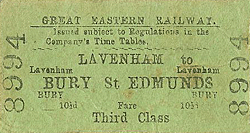 |
A signal box at the east end of the up platform controlled access to the goods yard which was unusually large for a small country station. One siding served ran behind the signal box and up platform and served a wide goods dock with a second siding serving the other side of the dock. A third siding ran into a large brick shed. Another siding went diagonally |
across the yard with a reversal at the back of the yard where a number of buildings were sited. There was a 1.2 ton crane in the yard.
After closure to passenger traffic in 1961 the4 station remained open fro goods traffic until 19 April 1965.
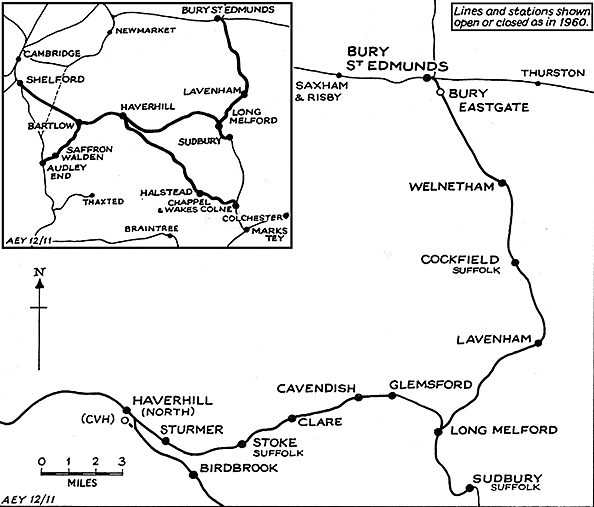
After closure a factory was built on the site of the goods yard but the station building which incorporated the stationmaster's house remained until 1978 when part of the station building was demolished. The stationmaster's house was retained at that time as part of an extension to the factory. Some time after 1985 the house was also demolished. In 2012, the factory was demolished and the station site is now occupied by housing.
BRIEF HISTORY OF THE BURY ST.
EDMUNDS - LONG MELFORD BRANCH LINE
On 1846 an Act of Parliament authorised the Colchester, Stour
Valley, Sudbury & Halstead Railway to build a line between
Marks Tey and Sudbury. In June 1847 further Acts were obtained
allowing the railway company to extend from Sudbury to Clare
with a branch from Melford (Long Melford from 1884) to Bury
St. Edmunds. The company was leased to the Ipswich & Bury
St. Edmunds Railway which was in turn absorbed by the Eastern
Union Railway the following month.
| The line from Marks Tey to Sudbury opened on July 2nd 1849
but the extension to Bury St. Edmunds was not built. On January
1st 1854, the Eastern Counties Railway (ECR) took over the Eastern
Union Railway. Another company now emerged; the Sudbury &
Clare Railway which planned to make up for the failure of the
Stour Valley company to reach Bury St. Edmunds as |
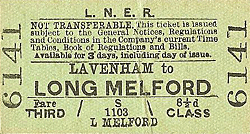 |
approved in
the original 1846 Act. By an Act of July 1860, the Sudbury &
Clare Company was empowered to build a lone from Sudbury to
Clare via Melford. However, as soon as the powers were obtained,
the ECR took over and immediately sought extended powers to
build from Sudbury (via Melford) to Shelford on the London-Cambridge
main line, as well as the branch from Melford to Bury St. Edmunds.
On August 6th 1861, the ECR received approval to go ahead.
However, further changes were imminent and in August 1862 an
amalgamation of companies including the ECR came about and the
Great Eastern Railway (GER) came into being.
The Act also renewed the authorisation for the proposed ECR lines to proceed and the Melford to Bury St. Edmunds line opened on August 9th 1865 with intermediate stations at Bury Eastgate, Welnetham, Cockfield and Lavenham. The line was single throughout except for passing loops following the Upper Lark Valley to its first station.
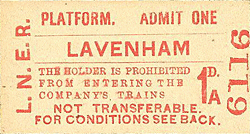 |
Lavenham was a small textile town but the industry was already
in decline when the railway opened. During the period prior
to the First World War, the line saw some of its best traffic.
The war brought little reduction in traffic but by the 1920s
the familiar pattern of road competition was setting in although
rail traffic continued quite healthily for some years; some |
economies were made. After WW1 the economic decline of the area
deepened as did the population in many towns and villages in
the area together with traffic on the line. At its peak, there
were 5 or 6 trains a day between Bury and Long Melford with
2 or 3 of these continuing to Marks Tey or Colchester but this
was reduced in later years.
Apart from local traffic, the line provided no real alternative
to the Bury - Colchester service via Ipswich and elderly rolling
stock finished its life on the line which didn't help with competition
from road traffic.
When the Second World War came, the situation
changed dramatically; passenger services were reduced although
freight services remained active. Changes came when British
Railways announced a modernisation programme; from January 1st
1959, steam was scrapped and replaced by Diesel Multiple Units.
| Although passenger traffic showed some improvement, it was not
enough to overcome the increasing losses being incurred. Passenger
traffic between Long Melford and Bury St. Edmunds had become
very light and the line closed to passengers on April 10th 1961
with freight traffic surviving between Bury and Lavenham until
19.4.1965. |
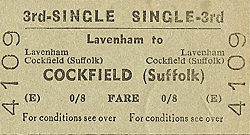 |
Click here to see a short film of Lavenham station in 1950
Tickets from Michael Stewart, Bradshaw from Nick Catford . Route map from Alan Young,
To see the other stations on the Bury St. Edmunds - Long Melford
branch line click on the station name: Bury
St. Edmunds Eastgate, Welnetham
& Lavenham
See also: Stour
Valley Railway
Colne Valley Railway
Saffron Walden
Branch Line
|

old5.jpg)
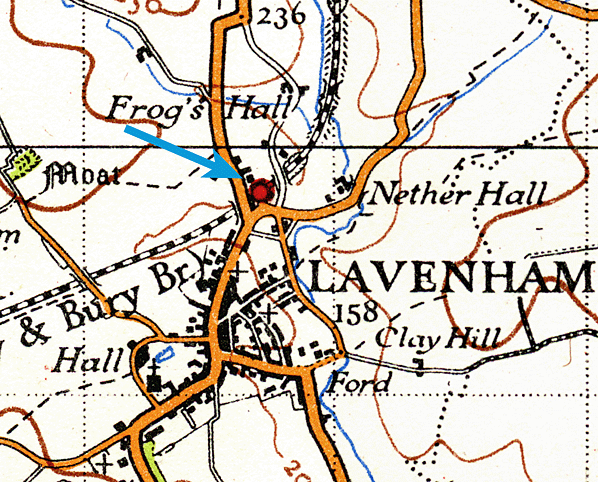
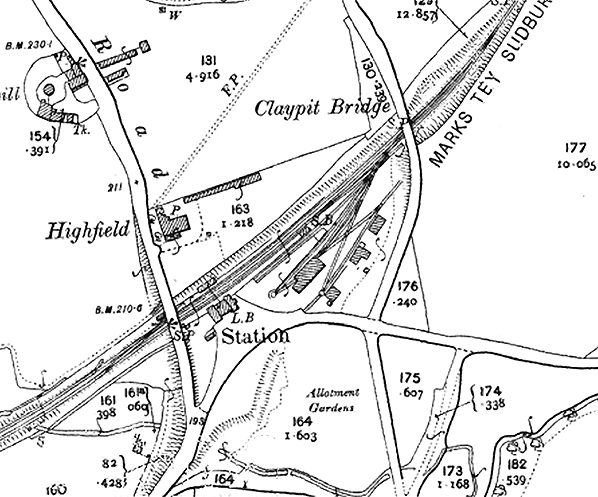 1912 1:2,500 OS nap - shows an unusually large goods yard for a small country station.
1912 1:2,500 OS nap - shows an unusually large goods yard for a small country station.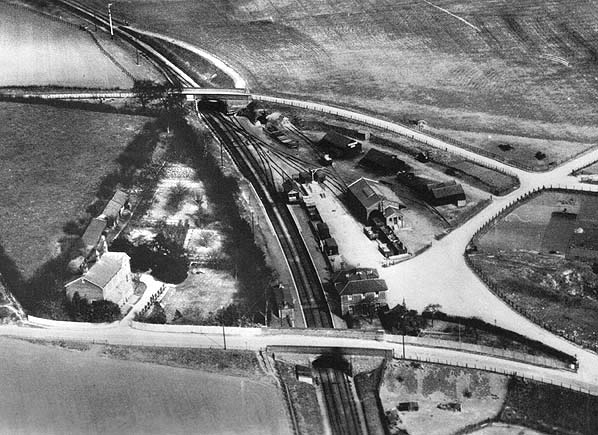
old6.jpg) Looking south-west from Frogs Hall Road bridge in September 1959. The extensive goods yard is seen here with siding passing both side of a large dock and another passing through the goods shed.
Looking south-west from Frogs Hall Road bridge in September 1959. The extensive goods yard is seen here with siding passing both side of a large dock and another passing through the goods shed.old10.jpg)
old9.jpg)
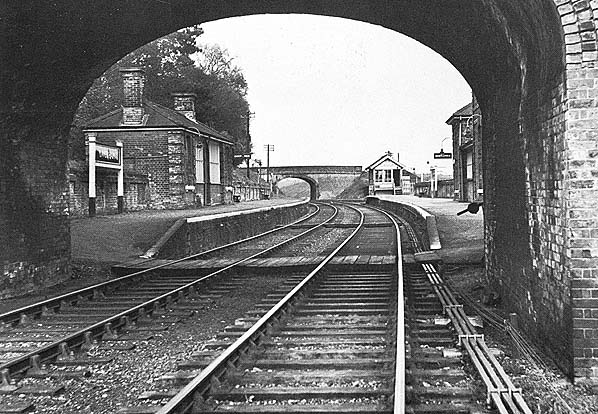
2.jpg)
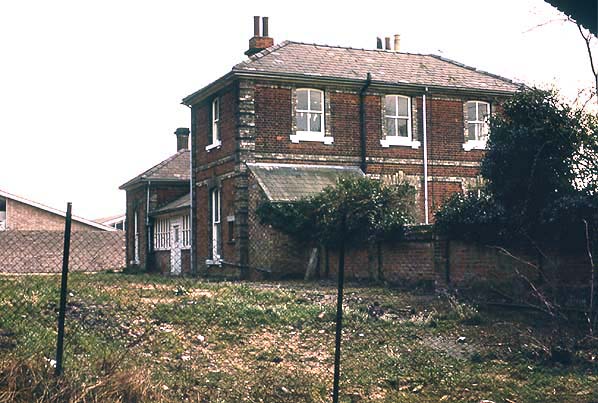
9.jpg)
6.jpg)
7.jpg)
8.jpg)
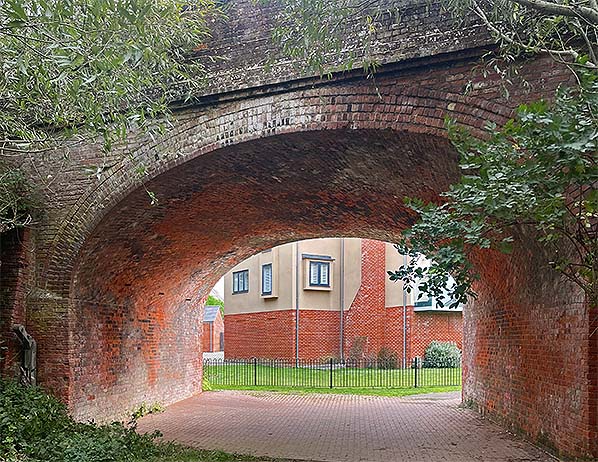
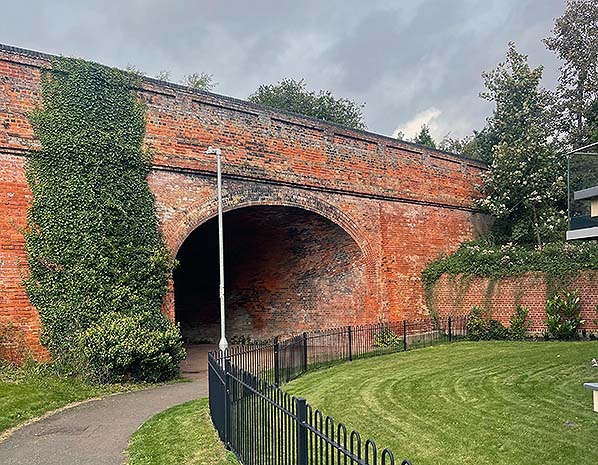
 Home Page
Home Page



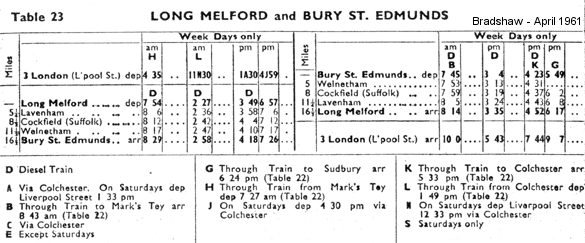



old_thumb7.jpg)

old_thumb8.jpg)
thumb3.jpg)
thumb4.jpg)
thumb5.jpg)
thumb2.jpg)
thumb9.jpg)

